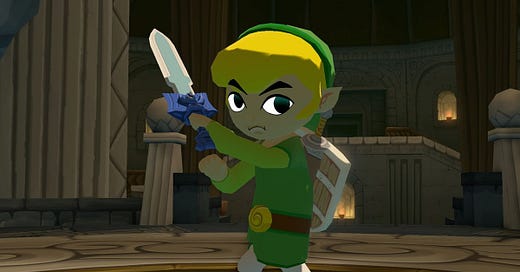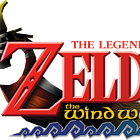The Origins of is a series of posts in which I do as much research as an amateur writer can do and subsequently write about the origins of a video game.
Imagine being part of Nintendo EAD in the early 2000s, tasked with charting the course for the next Legend of Zelda game. The industry was still reverberating from the impact of Ocarina of Time, a game that had not only redefined action-adventure gaming but had also cemented itself as one of the greatest games of all time. It had received near-universal perfect scores and amassed an astonishing 500,000 preorders before launch. Meanwhile, its sequel, Majora’s Mask, was on the verge of release, though its reception and commercial success were yet to be determined.
The question loomed: Where does Zelda go from here? Should Nintendo continue iterating on Ocarina of Time, refining its established formula? Should they take a bolder, more experimental approach like Majora’s Mask? Or should they forge an entirely new path?
As history tells us, they chose the latter—ushering in a new era for the franchise, one marked by creative reinvention, controversy, and ultimately to some, one of the most beloved entries in The Legend of Zelda series.
The Genesis
The year was 2000. Majora’s Mask was completed, and the Nintendo GameCube was in development, set to launch in the following year. It was time for Nintendo EAD to embark on their next Zelda adventure. The team assembled was a mix of industry veterans and franchise stalwarts: Majora’s Mask director Eiji Aonuma would return, with Shigeru Miyamoto and Takashi Tezuka—the minds behind A Link to the Past and Link’s Awakening—acting as producers.
Keep reading with a 7-day free trial
Subscribe to Nerd Central to keep reading this post and get 7 days of free access to the full post archives.





